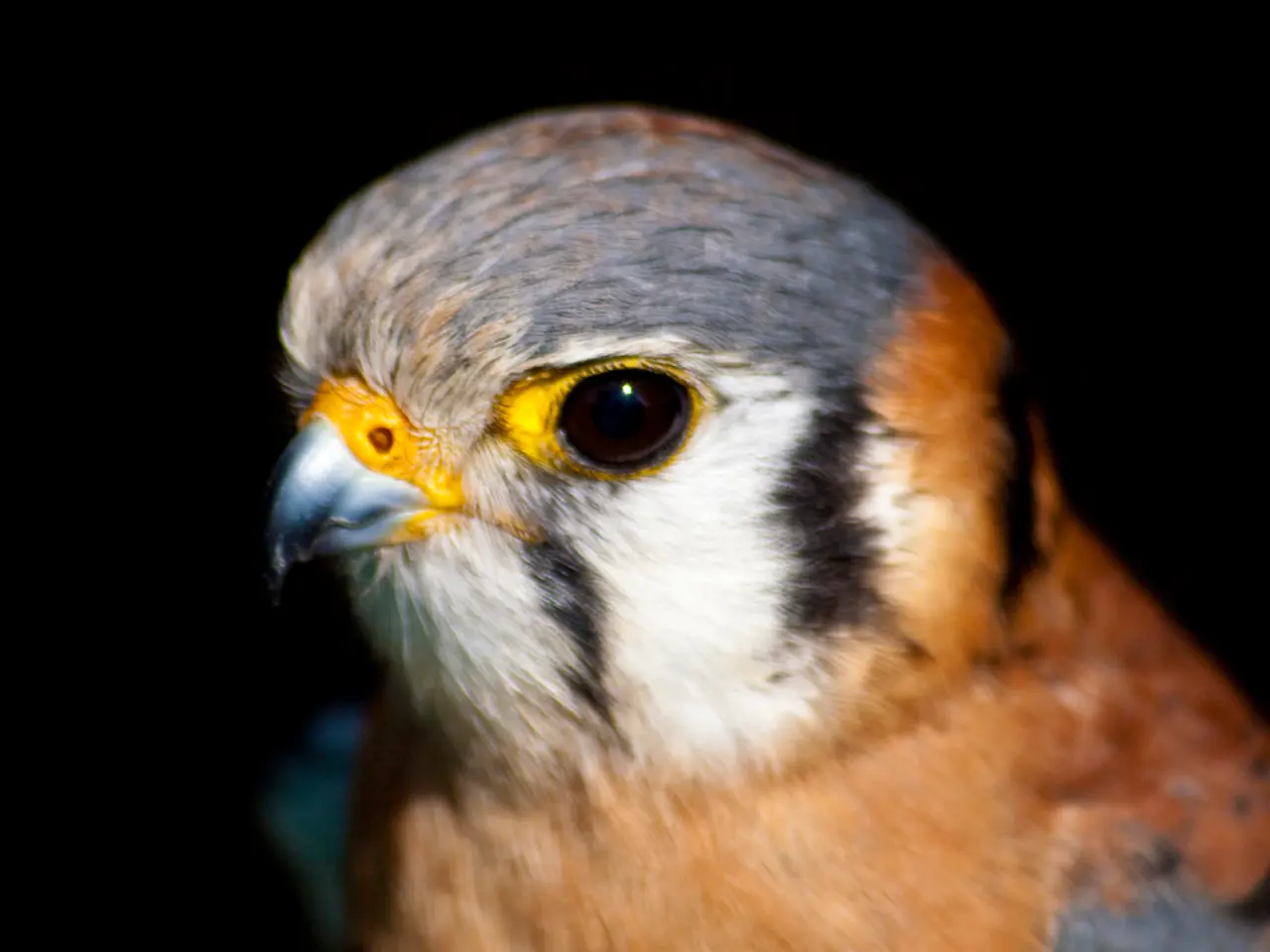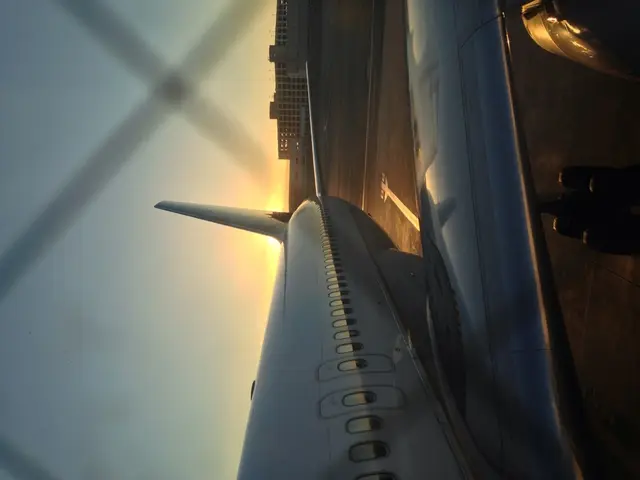Easy techniques for capturing stunning wildlife images using minimal equipment
In the world of wildlife photography, expensive equipment is often thought to be a necessity. However, with a bit of planning, patience, and understanding of the basics, you can capture stunning images using affordable or existing equipment.
One of the most crucial factors in wildlife photography is understanding when and where your subjects are most active. Researching locations and animal behavior can help you plan shoots effectively, increasing your chances of capturing natural behavior.
Leveraging natural lighting is another essential strategy. Shooting during the golden hour (just after sunrise or before sunset) provides warm, flattering light and long shadows that add depth and texture to your images. On overcast days, soft, appealing light can be achieved without the need for extra gear.
Composition techniques also play a significant role in creating engaging images. The rule of thirds, leading lines, framing subjects with natural elements, and shooting at eye level are all effective strategies to make your photos more immersive.
Patience and observation are key. Instead of chasing animals, stay still in one spot. This reduces the chance of spooking them and increases your opportunity to capture natural behavior.
When it comes to equipment, a basic DSLR with a kit lens can produce strong results by getting closer to the subject. Using a tripod or monopod can help steady shots, especially when the subject is in a fixed setup, like at a bird feeder.
Modern smartphones are capable of taking decent wildlife photos, especially in good light. Focusing on the animal’s eye and using burst mode can help create compelling images without the need for costly lenses.
Good lighting can significantly improve wildlife photos. Soft, overcast light often provides richer colors and reduces harsh shadows. In wildlife photography, focusing on the eyes is essential as they draw the viewer in and create an instant connection with the animal.
Steady shots are crucial to prevent camera shake, especially when using longer lenses or shooting in low light. Tucking elbows into sides, holding the camera with both hands, gently exhaling as you press the shutter, and learning against a tree, wall, or rock can help stabilize handheld shots.
Bringing wildlife to your home by setting up a bird feeder or bird bath can improve your chances of great shots. Using bird-watching binoculars can help in identifying wildlife species and understanding their habits.
For those on a budget, good beginner wildlife lenses can be found for under $1,000. The best lenses for wildlife photography excel in low light, thanks to their wide apertures.
Finally, setting up a trail camera can help observe wildlife in your local area. The Merlin Bird ID app is a free tool that can assist in identifying bird species and learning their calls.
By combining these approaches, you can capture stunning wildlife images with affordable or existing equipment and without the need for costly lenses or cameras.
- In the realm of home and garden, setting up a bird feeder or bird bath can enhance your chances of capturing impressive shots.
- For those who are interested in fashion-and-beauty, using bird-watching binoculars can aid in identifying wildlife species and understanding their habits.
- When it comes to food-and-drink, a good strategy is to leverage natural lighting, such as shooting during the golden hour, to improve the visual appeal of your photos.
- To strengthen relationships, staying still and patient when photographing wildlife can create a sense of connection between the viewer and the animal, drawing them in with the animal's eye as the focal point. Pets might enjoy this approach too, as it encourages a the same kind of bond-building patience.
And when it comes to Travel and Sports, regardless of the equipment you have, understanding the behavior and habits of your subjects, as well as the best times and locations to capture them, will significantly improve your wildlife photography skills.




